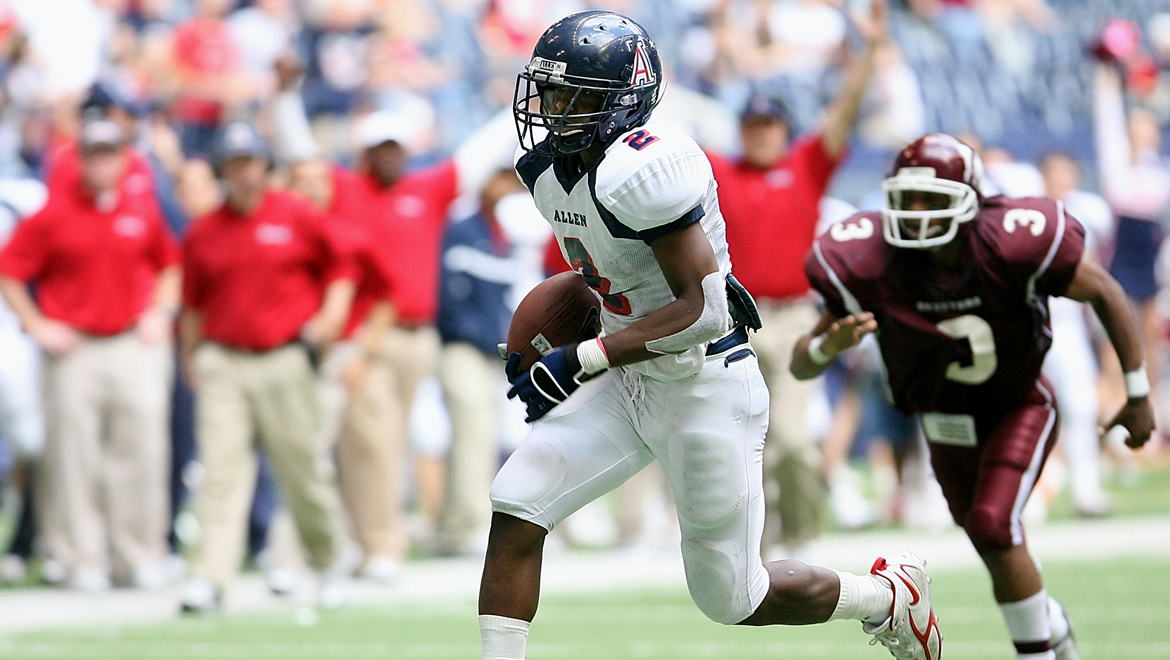Fixed Odds vs. Live Betting: Which One Is Better? 토지노사이트

Sports betting 토지노사이트 has evolved significantly over the years, offering bettors different ways to place wagers and increase their chances of winning. Among the most popular betting options are fixed odds betting and live betting (in-play betting). Both methods have unique advantages and strategies, making it essential for bettors to understand their differences before choosing the best approach. But which one is better? That depends on your betting style, risk tolerance, and how well you can analyze games. In this guide, we will break down the differences between fixed odds and live betting, discuss their pros and cons, and help you decide which one suits you best.
Understanding Fixed Odds Betting
What Is Fixed Odds Betting?
Fixed odds betting is the traditional form of sports betting where you place a wager before the event starts at predetermined odds. Once you lock in a bet, the odds remain the same regardless of how the game unfolds. This means you know your potential payout before the game even begins.
How Fixed Odds Betting Works
Let’s say you are betting on a football match between Manchester United and Chelsea. The sportsbook offers the following fixed odds:
- Manchester United to Win: -120
- Chelsea to Win: +200
- Draw: +250
If you place a $100 bet on Chelsea to win at +200, and they win, you will receive $300 (your $100 stake plus $200 in winnings). The key advantage is that your odds will not change, giving you certainty in your potential return.
Advantages of Fixed Odds Betting
✔ Predictability – Since the odds are locked in, you know exactly how much you stand to win or lose.
✔ Ideal for Pre-Game Research – Bettors have time to analyze stats, team news, injuries, and trends before placing their bets.
✔ Available Across All Sports – Fixed odds betting is available for football, basketball, baseball, horse racing, tennis, and more.
✔ Easier for Beginners – New bettors can take their time making informed decisions without the pressure of changing odds.
Disadvantages of Fixed Odds Betting
✖ No Adjustments Once the Game Starts – If new information arises, such as an injury or a red card, you cannot modify your bet.
✖ Limited Opportunity for Higher Payouts – Sometimes, odds improve as the game progresses, meaning you may miss out on better value.
Understanding Live Betting (In-Play Betting)
What Is Live Betting?
Live betting, also known as in-play betting, allows you to place wagers after the event has started. The odds change in real time based on what is happening in the game. This type of betting is fast-paced and requires quick decision-making.
How Live Betting Works
For example, in a tennis match between Novak Djokovic and Rafael Nadal, you may see odds shifting with every game played:
- Before the match, Djokovic is the favorite at -150, while Nadal is the underdog at +180.
- If Nadal wins the first set, his odds might drop to +120, and Djokovic’s odds might rise to +100.
- If Djokovic starts playing better in the second set, his odds might shift back to -110, while Nadal moves to +140.
Live betting allows you to wait for the best moment to place a bet, taking advantage of changing momentum, player performance, and game conditions.
Advantages of Live Betting
✔ Better Value Odds – Since odds fluctuate, bettors can find better prices compared to fixed odds.
✔ Ability to React to Game Situations – You can place bets based on how a team or player is performing in real time.
✔ More Betting Opportunities – Live betting allows you to place multiple wagers throughout a single event.
✔ Exciting and Engaging – Watching a game while betting in real time adds to the excitement.
Disadvantages of Live Betting
✖ Requires Quick Decision-Making – Odds change fast, so you need to act quickly before the market shifts.
✖ Higher Risk of Emotional Betting – The fast-paced nature of live betting can lead to impulsive decisions.
✖ Not Always Available for Every Event – Some sports and leagues offer fewer live betting options than fixed odds markets.
Fixed Odds vs. Live Betting: Key Differences
| Feature | Fixed Odds Betting | Live Betting (In-Play Betting) |
| Timing | Placed before the event starts | Placed while the event is ongoing |
| Odds Stability | Odds remain fixed once the bet is placed | Odds fluctuate based on real-time action |
| Decision-Making | More time to research and analyze | Requires quick reactions and strategy |
| Betting Control | No changes after placing a bet | Allows bettors to react to in-game situations |
| Risk Level | Lower risk due to fixed odds | Higher risk due to rapid market changes |
| Excitement Level | Moderate | High |
Which One Is Better?
The answer depends on your betting style, experience, and risk tolerance.
👉 Choose Fixed Odds Betting If:
✔ You prefer stability and knowing your potential winnings before the game starts.
✔ You like to research and analyze teams, players, and trends before making a bet.
✔ You are new to sports betting and want to build confidence before trying more complex wagers.
👉 Choose Live Betting If:
✔ You enjoy watching games and making quick, strategic decisions.
✔ You want the flexibility to adjust your bets based on in-game performance.
✔ You have experience in sports betting and can analyze real-time shifts in odds.
Combining Both Strategies for Maximum Profits
For experienced bettors, combining fixed odds and live betting can be a powerful strategy. Here’s how:
- Place a Fixed Odds Bet Before the Game: If you believe a team will win, place a small wager at fixed odds before the match starts.
- Monitor the Game and Look for Better Live Betting Odds: If the team you bet on concedes an early goal but is still playing well, you can place a second bet at improved live odds.
- Use Live Betting to Hedge Your Bets: If your fixed odds bet looks risky during the game, you can place a live bet in





